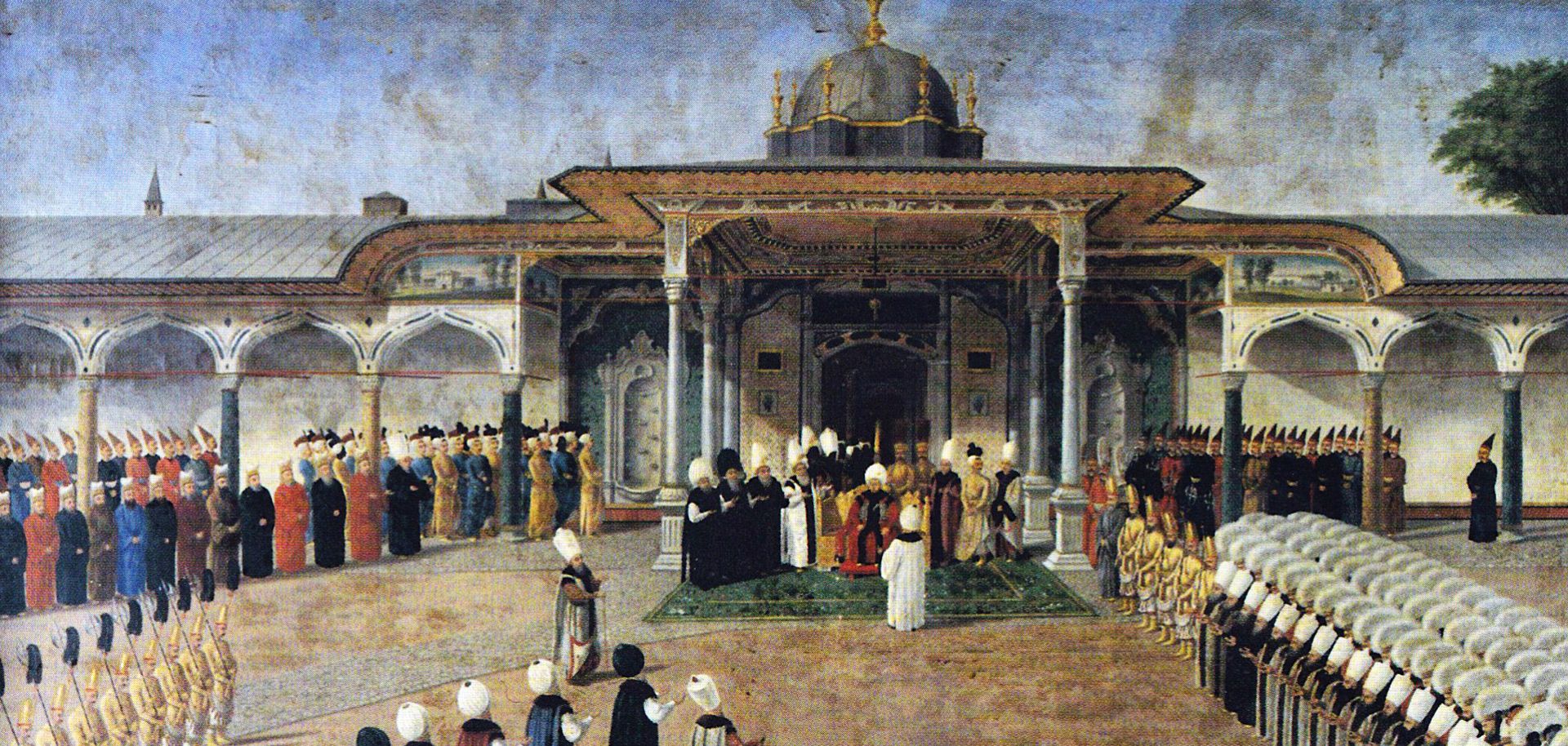Commentators speculating on the chaos engulfing the Middle East almost inevitably point to the Sykes-Picot Agreement as its underlying cause. The artificial borders laid down by the colonial-era deal, the argument goes, primed the region for ethnic and sectarian conflict. At some point the borders would have to be redrawn, and when they were, the process was bound to be painful. We need only look at Syria's drawn-out conflict and growing calls for its partition to see that.
But artificial borders are only part of the Middle East's problem. Equally important, though far less understood, is the legacy of the Ottoman Empire and the lasting mark it made on how Middle Eastern states consolidate power. Given their history, it is no wonder that Middle Eastern states today seem helplessly stuck between two extremes: religious radicalization and state-sponsored discrimination. Nor is it a surprise that the consequences of their internal governance have...


